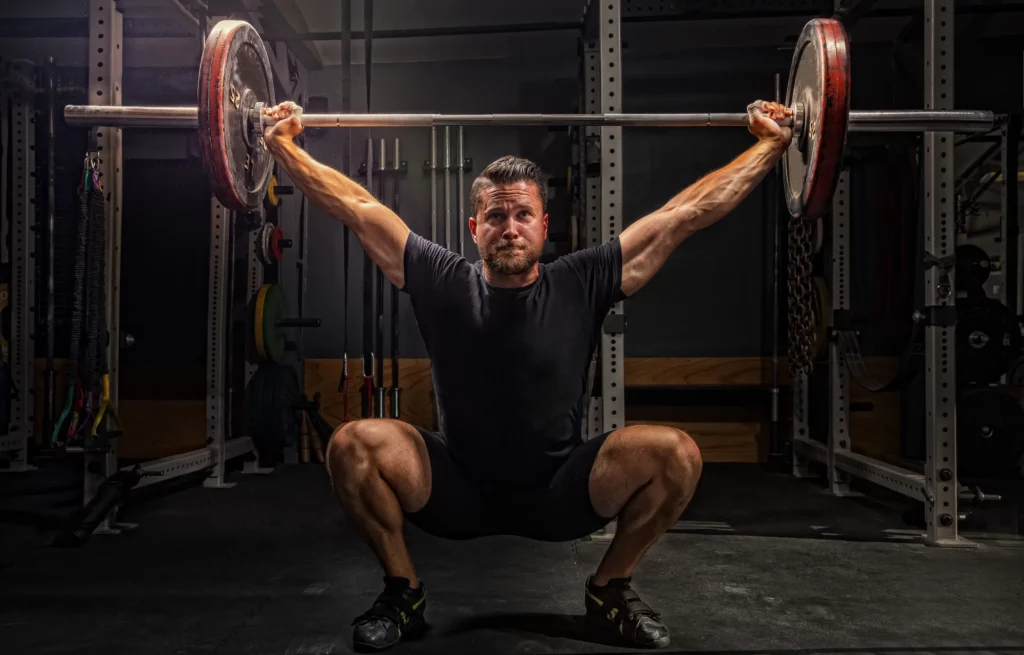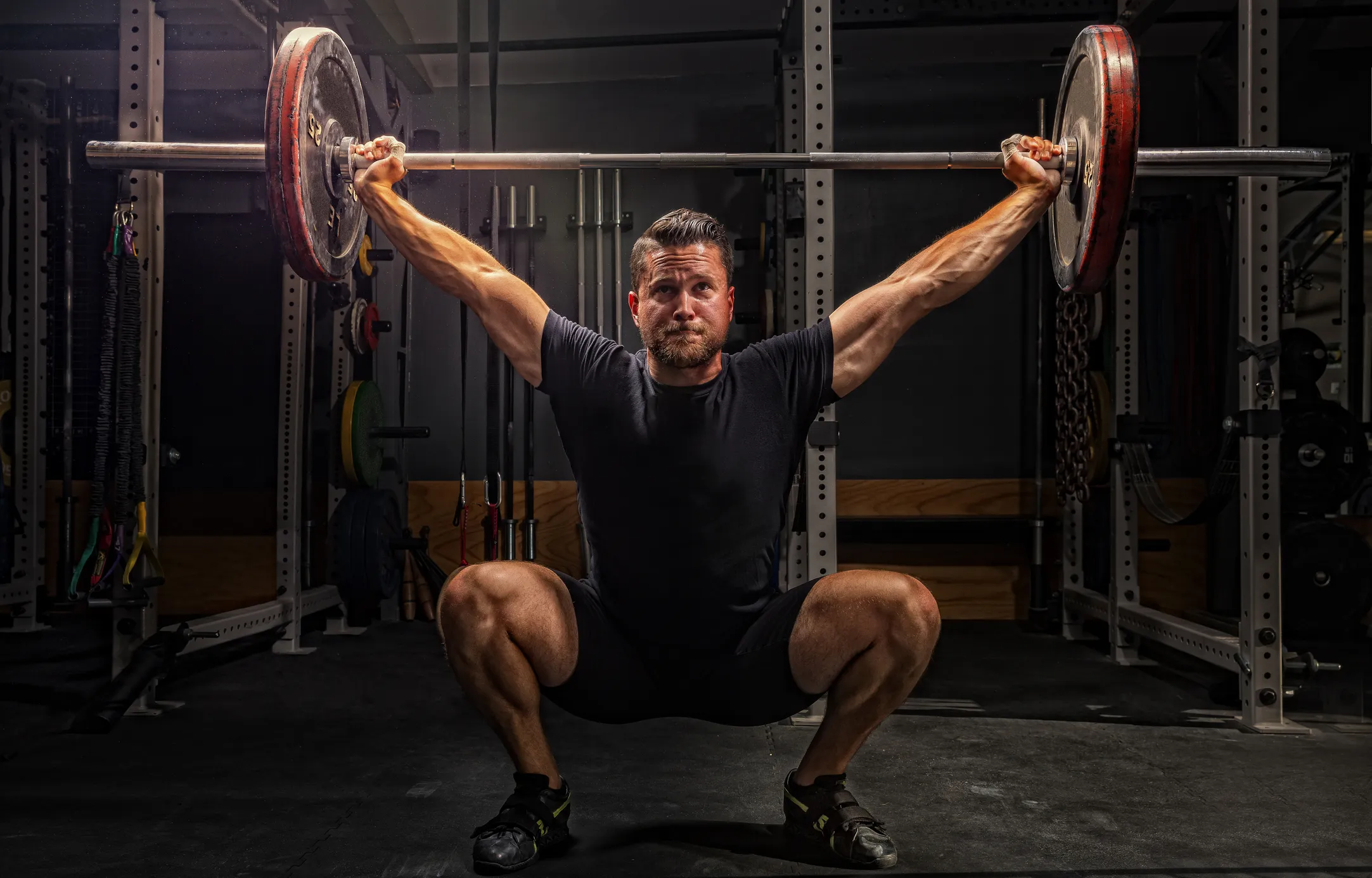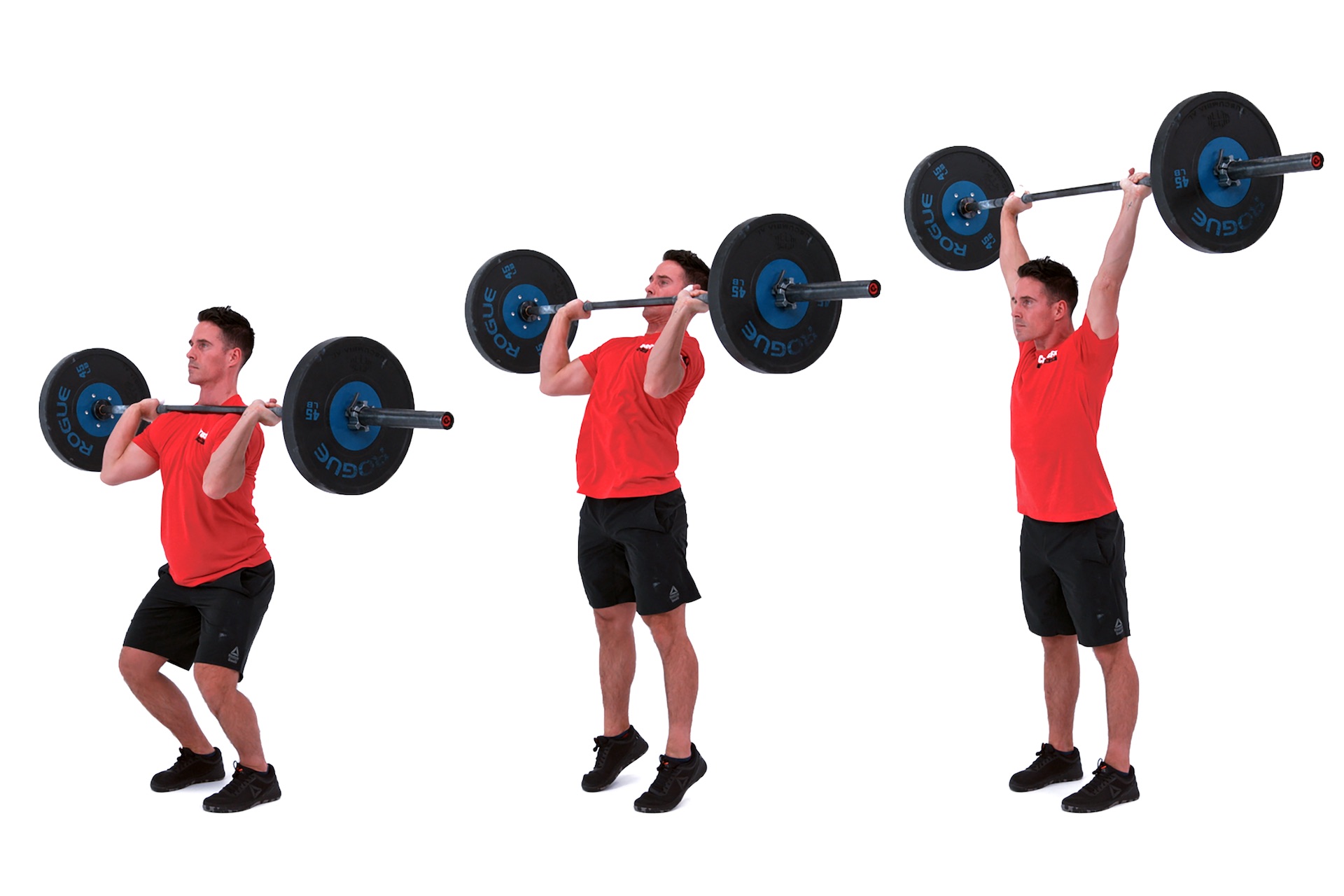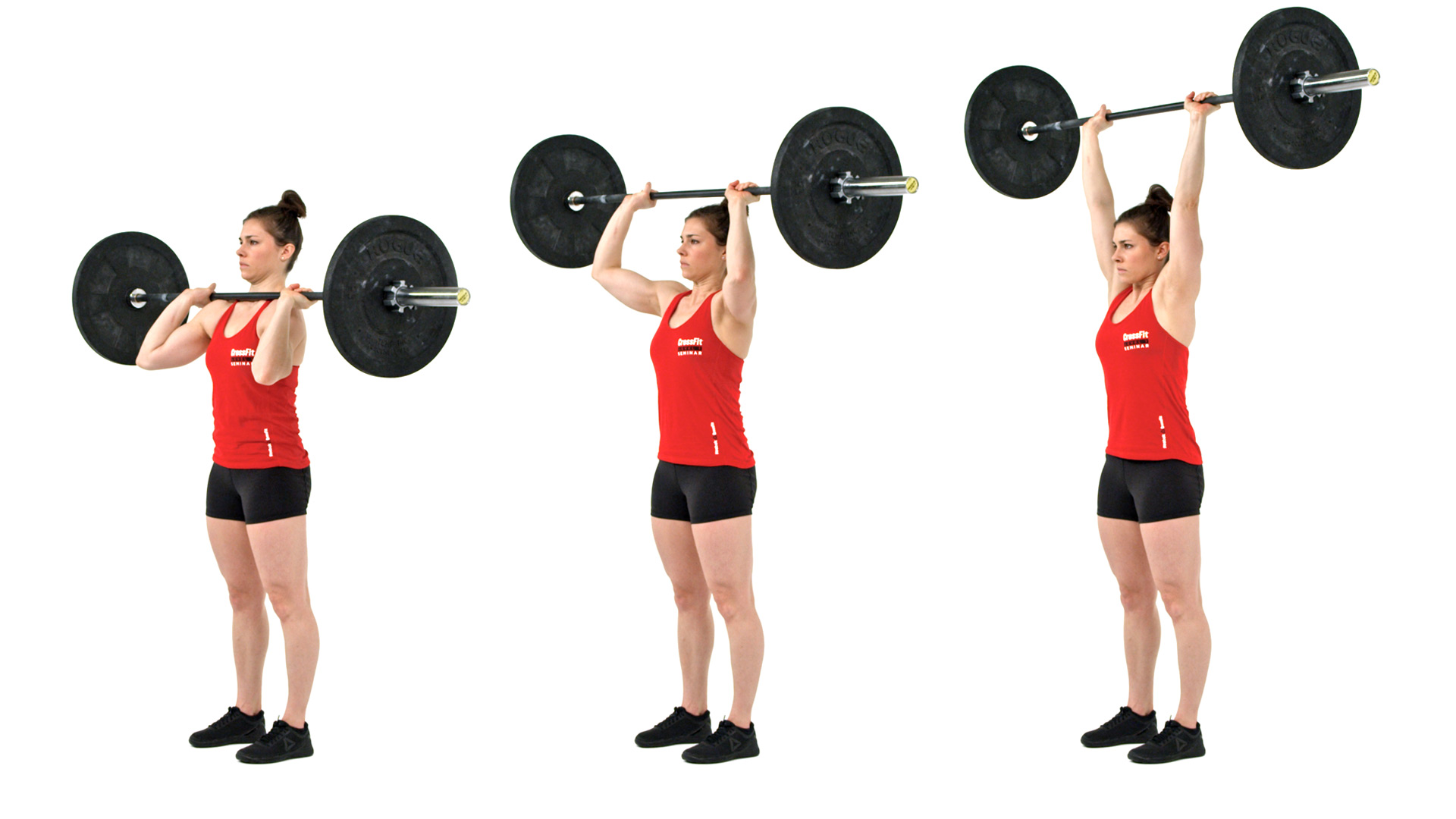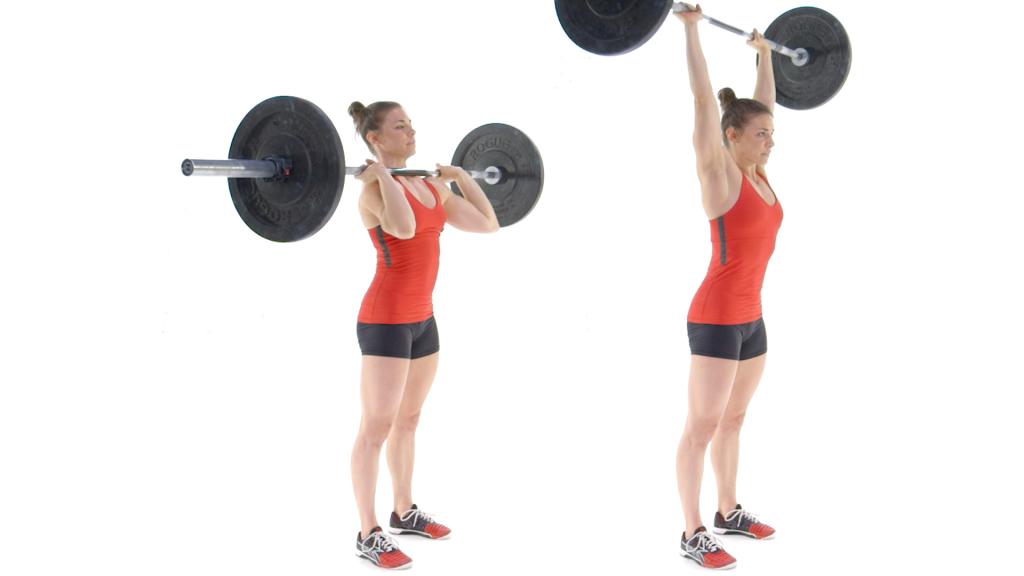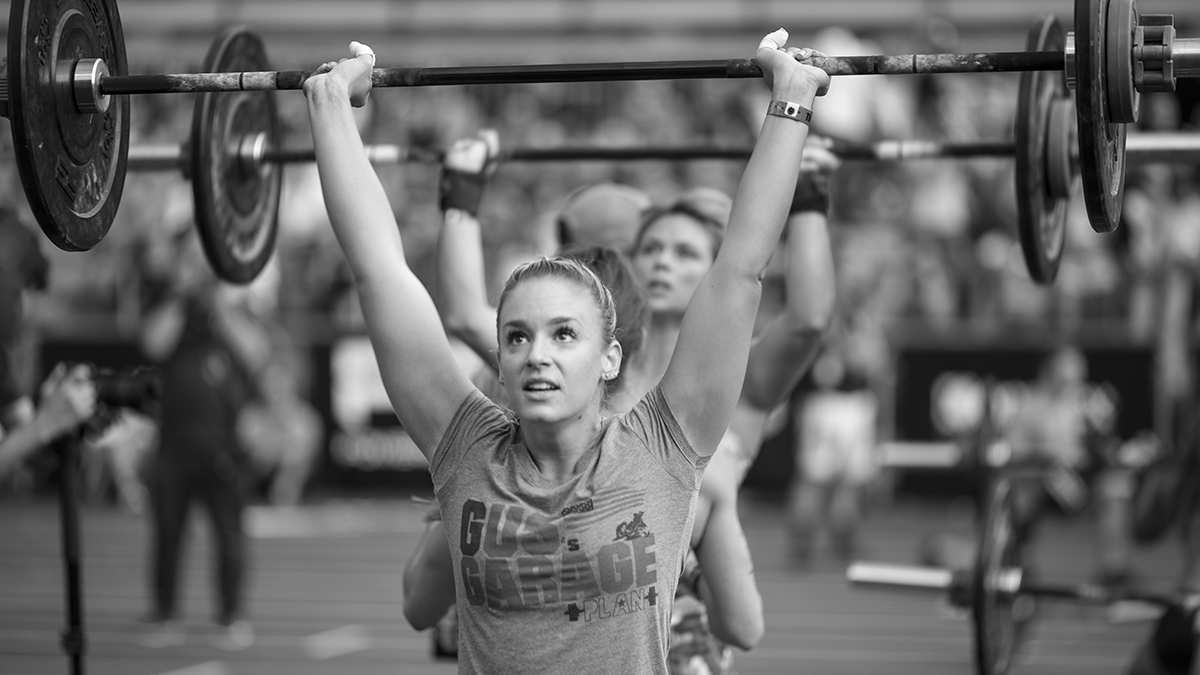What is a press CrossFit? As a college athlete who has been trained in various smaller to top-of-the-line CrossFit gyms, I’d like to share the techniques I’ve learned throughout my journey to improve my technique when pressing.
What’s a Press CrossFit?
The press is among the oldest barbell workouts at the gym. Lifting the weight and then lifting it up is an essential exercise that has been practiced since the beginning of time.
The term “press” is a generalization of “press” that is reversed into a multi-joint extension that is used to push an external force like a barbel away from your body. The overhead press of a bar develops the core strength of your body and helps you learn the ability it is to maneuver your body properly in a correct sequence.
The kinetic chain is the portion of the body that plays a role in the transfer of forces from one location to another. From the trunk and hip muscles which are required to stabilize your body up to the shoulders and arms, in a position to support the force that is generated within the body.
It’s a great way to strengthen your body because the press begins on the ground and then ends with the hand. These two points will be practiced and worked on.
It’s a good idea to push it really hard-ideally in the overhead position, with a barbell in your hand. The strict push, press presses, and push jerks are all-natural progressions that can all be found within the gym. Each one is different from the other, however, and often we are confused about which is the other. This is why we’ve created an easy-to-follow instruction for pressing.
The Strict Press
A strict press. Also known as the shoulder press is pure strength and muscle building exercise. Particularly, it targets shoulder muscles and builds the strength of your overhead pushing.
Begin with your hands in the area just beyond the shoulders, your wrists over the elbows, using a neutral spine (as illustrated on right). After that, press over the top. As the name suggests, it’s a straight press, meaning there’ll not be any dips in the bar to create energy from your legs. The bar should be placed just above your shoulders. Then you’ll be able to return to your starting position by turning the bar back. A strict press will be the least complicated of the three types we’ll discuss throughout this post.
Things to be aware of Make sure you have a firm core. There is a tendency to arch your lower back toward the top of the movement and put unnecessary strain on the back and lumbar spine. Make sure that the tailbone is tucked in and your core in a good position.
Bars should be resting upon the palms of your hand, not within the fingers. There is more stability in the palm, which is a great way to protect your wrists.
Please note that this move is not performed with a “front rack” position. Your forearms must be straight.
When to include: While they will be mentioned at the very rare metcon strict presses are a great choice to build upper body strength to better do more technical lifts and gymnastics moves. It is possible to see more powerful handstand push-ups as well as kip swings. butterfly pull-ups using this traditional routine in your training.
The Push Press
A common metcon staple The push press is like the strict press, however, it adds your lower body to the party. It is possible to start a push press by dipping your legs and then shift the momentum to an upward drive to help push the bar up out of the shoulders and to the overhead locking position. The dip drive must be fast sufficient to generate momentum underneath the bar. You’ll be able to lift more weight using the push press than you would with an unrestricted press.
Things to remember:
- We’re not searching for a squat in the front. Imagine the dip-drive as if you were seated and then you hit the Tack. Drive up, controlled down.
- If you are repeating several push presses during a work out ensure that you’re making sure you are locking your elbows on the top of the exercise every time and using the last of the rep to force to the next dip drive. Make smarter choices and not more.
When should you incorporate: Push-presses are often used in metcons due to their being fast and easy to implement in large quantities.
The Push Jerk
You’ll be able to move the greatest amount of weight using the push to jerk. As with other Olympic lifts that are performed, the push jerk requires dropping your body beneath the barbell. It will incorporate that same stability in the midline as well as the bar path, and dip-drive as the press however you’ll add an additional knee bend to take the bar. After you’ve completed the dip-drive and hip extension to push the bar then you’ll “punch” yourself with the barbell, and lockout in an overhead squat that is slightly inclined. The lift is complete when you are standing tall and holding the bar in front of you.
Things to be aware of:
- You’ll begin this lift with your elbows a bit ahead of the bar, and in an incline forward rack posture.
- This is an example of a situation where people with longer or bigger arms might want a more rounded grip.
It is easy to slip into the wrong position when your attention is on lifting the bar above. Make sure to push the knees back.
When to incorporate: The push jerk is a useful introduction to overhead Olympic lifting and could be used as part of a clean jerk, as well as in metcons with heavy shoulder-to-overheads. Do not use more force than is necessary when there is no specific instruction regarding how to raise the bar up–use an overhead push jerk.
How To Overhead Press
Like any other lift improvement and avoidance of injury is dependent on the technique you use.
Stance
Overhead Press: The Overhead movements start with an empty rack. The same height as the Squat which is the mid-sternum. Same stance as the squat.
Grip
- The grip’s width should be enough to place the forearms vertically.
- Fingers on the index are located between the edges of the knurl and half-inch of the knurl.
- The big guys will require an extra grip to keep their forearms straight.
- Do not grip your hands too tightly so that your forearms flex to the side.
When you lift the barbell from the rack, it should rest placed on the palm’s heel and directly above your forearm bones. the elbows directly behind the bar when you look at it from the sides.
The majority of people place the bar onto their fingers, which can cause wrist pain. Your wrist and forearms should be straight.
Too narrow or wide You will have a difficult time building the required force and strength to raise the bar up above your head while more risk of putting unnecessary stress on your shoulders.
Setup
The bar should be placed on the anterior deltoid muscles. Focus your eyes straight ahead to an area on the wall in line with your eyes (focus on this spot for each repetition). Now, lift your chest up. By lifting your chest, you create an upward contraction in your back, which causes an increase in the back’s tightness. This makes the connection you have with the ground stronger and helps improve the mechanics of your press overall. It is now time to press.
The Press And Bar Path
Breathe deeply using the Valsalva maneuver, and lift the bar above your head.
Be aware that barristers like to be able to move in a vertical line Particularly when they are Heavy.
Remember that when you move the bar toward your chin, you should pull your chin towards the back, not have the bar circling your chin. Does that make sense? If the bar is passing over your forehead, you can shoot your head backward to its usual resting position.
As you get to the top of the bar, it should be horizontal with the glenohumeral joint as well as the mid-foot. If you push the bar overhead and complete the move by swiveling your shoulders upwards toward the bar to allow full extension. This creates a stable posture at the top, which engages all muscles in the shoulder girdle, and stops shoulder impingement.
The Benefits of the Press CrossFit
The press is just one of numerous exercises included in The Crossfit Culture. Here are a few benefits of why you should be pressing now.
It is Believed That the CrossFit Press is an Overlooked Compound Movement
The press strengthens your shoulders arms and chest while developing the kinetic chain of everything else in your body. It can help improve the area of upper body strength which can effectively break down your plateaus rowing, bench press as well as chin-ups, and other upper body exercises.
Because CrossFit requires many push presses and jerks, with lots of repetitions, you’ll be having to utilize all of your whole body to keep that powerful drive and dip while pressing and pushing into those exercises.
This lets you exercise both strength and cardio which is something you can’t do if you’re performing regular exercises for strength.
Pressing is a Full Body Exercise
In any sport or movement in which you participate, you must transmit the force of the ground with your hands. This is especially important if you’re involved in a game like Baseball or Rugby or doing construction work that requires the whole body.
This is the reason why, If you’re someone who is involved in Crossfit associated Presses and Jerks, it’s another way to stimulate your body to allow your muscles to expand and help with any deficiencies you may have during your routine workouts that need to be addressed and strengthened, which allows you to gain strength and endurance over time.
Develops Your Core Strength and Stability
While standing doing your CrossFit press, you need to make use of your core and trunk muscles to support your body. If the weight is lifted overhead and over your head, it plays a vital part in preventing that barbell safe from rolling onto you.
The core comprises all of your lower abs all the way to the rib cages just below your glutes towards the rear part of the body. The stabilization muscles are the lumbar, internal as well as external lumbar muscles, as well as abdominal muscles.
It was observed in the study that lacking strong core muscles the body is a rigid skeleton that will fall apart. The ability to isolate the specific muscle or group is an effective option to strengthen and support the core. One of these is to perform press overhead exercises that are standing up.
Pressing Can Help you Build Bigger Shoulders
The major movers of the presses are anterior and medial deltoids. They are stabilizer muscles that support the upper body and shoulders.
If you’re trying to build bigger, stronger shoulders that look like boulders The overhead CrossFit press can assist you in rapidly building size and strength. Anything overhead can make your muscles utilize and grow thankfully for overhead pushing strength.
Reduce Risk Of Injury
Pressing helps reduce the risk of injuries during CrossFit training and lifting weights.
For a lot of Crossfit athletes and those who are in weight training, mastering the push press is a great stepping toward a movement known as the jerk. The push press is a key element in this exercise the exercise is the clean and jerk workout.
The clean and jerks are among the most complicated and challenging exercises since it’s extremely technical. It also has the highest rate of injury in the majority of lifters with a higher risk of injuries.
This is why having a solid base of strength and aligning with the press can reduce the chance of injuries.
Look also – Cleans CrossFit Techniques And Guide 2022.

